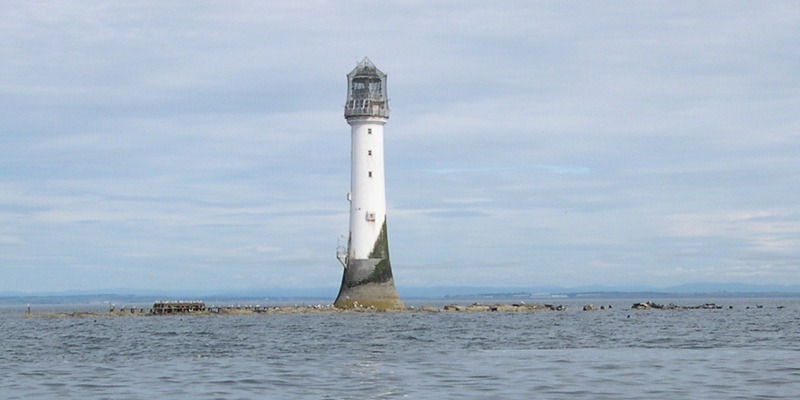Organisers have been blown away by the demand for seats for an Arbroath lecture on the Bell Rock Lighthouse.
Professor Roland Paxton’s presentation on the world’s oldest sea-washed lighthouse is fully booked and there is also a waiting list for spaces.
Year of the Light steering committee co-ordinator Janet Russell said, “All the seats have been reserved, which shows just how fascinated people are by the Bell Rock Lighthouse.”
Professor Paxton will share his views on the design and construction of the Bell Rock Lighthouse at the Year of the Light Lecture, to be held at Angus College on March 10.
“In my opinion, the Bell Rock Lighthouse ranks as one of the greatest ever civil engineering achievements,” said Prof Paxton, of Heriot-Watt University.
“Its extraordinary exposure to the elements and the long visibility required for its light called for a ‘grand design’.
“My lecture will demonstrate how this seemingly impossible task was achieved at a time when civil engineering was in its infancy.
“I will also be highlighting the innovative and highly significant aspects of the Bell Rock Lighthouse’s design and construction, which were achieved and implemented from 1807-11 under the auspices of the Northern Lighthouse Board by John Rennie as chief engineer and
Robert Stevenson, who was appointed assistant engineer for executing the work under his superintendence.
“My lecture will provide an opportunity for anyone with an interest in civil engineeringor the history of the world’s oldest sea-washed lighthouseto find out how the engineers of the early 19th century solved the seemingly unsolvable problem of constructing a 115-foot tower on a wave-lashed, highly-dangerous reef 11 miles from dry land.”
Prof Paxton has discovered evidence concerning the issue of who was most responsible for the building of the lighthouse: Robert Stevenson or John Rennie.
He found out Stevenson’s book about the Bell Rock Lighthouse omitted an important document.
“At the back of the appendix is the list of the reports given by Rennie, except that I noticed that there was no report for the year 1809 and so I went into the National Library of Scotland, where they have the Rennie papers and the Stevenson papers side by side,” he said.
“I transcribed this missing report of 1809 which shows Rennie at the Rock acting as a chief engineer, but having said all this, there is no doubt in my mind that most of the credit is due to Robert Stevenson and his direction of a very, very difficult civil engineering task.”
Debate still surrounds the question of who exactly should be given the credit for what many regard as the most outstanding engineering achievement of the 19th century.
Stevenson became an engineer for the Northern Lighthouse Board in 1797, inspecting the few warning lights for seafarers along the Scottish coast.
It took years to convince the Northern Lighthouse board that it was feasible to build a lighthouse on the fearsome Inchcape Rock.
Prof Paxton’s Year of the Light Lecture is expected to attract engineers, architects, design specialists, mariners and lighthouse enthusiasts from across the UK.
